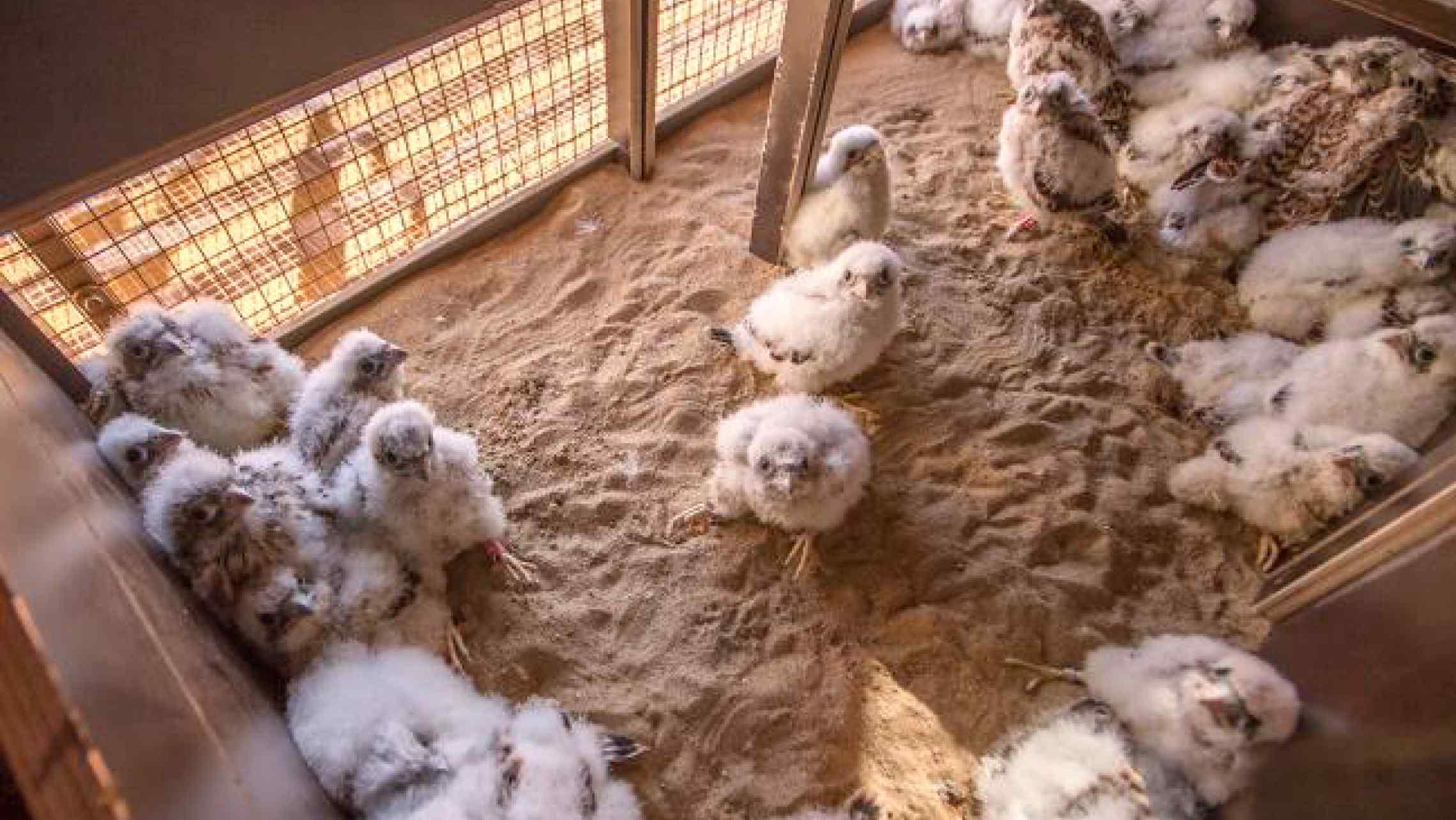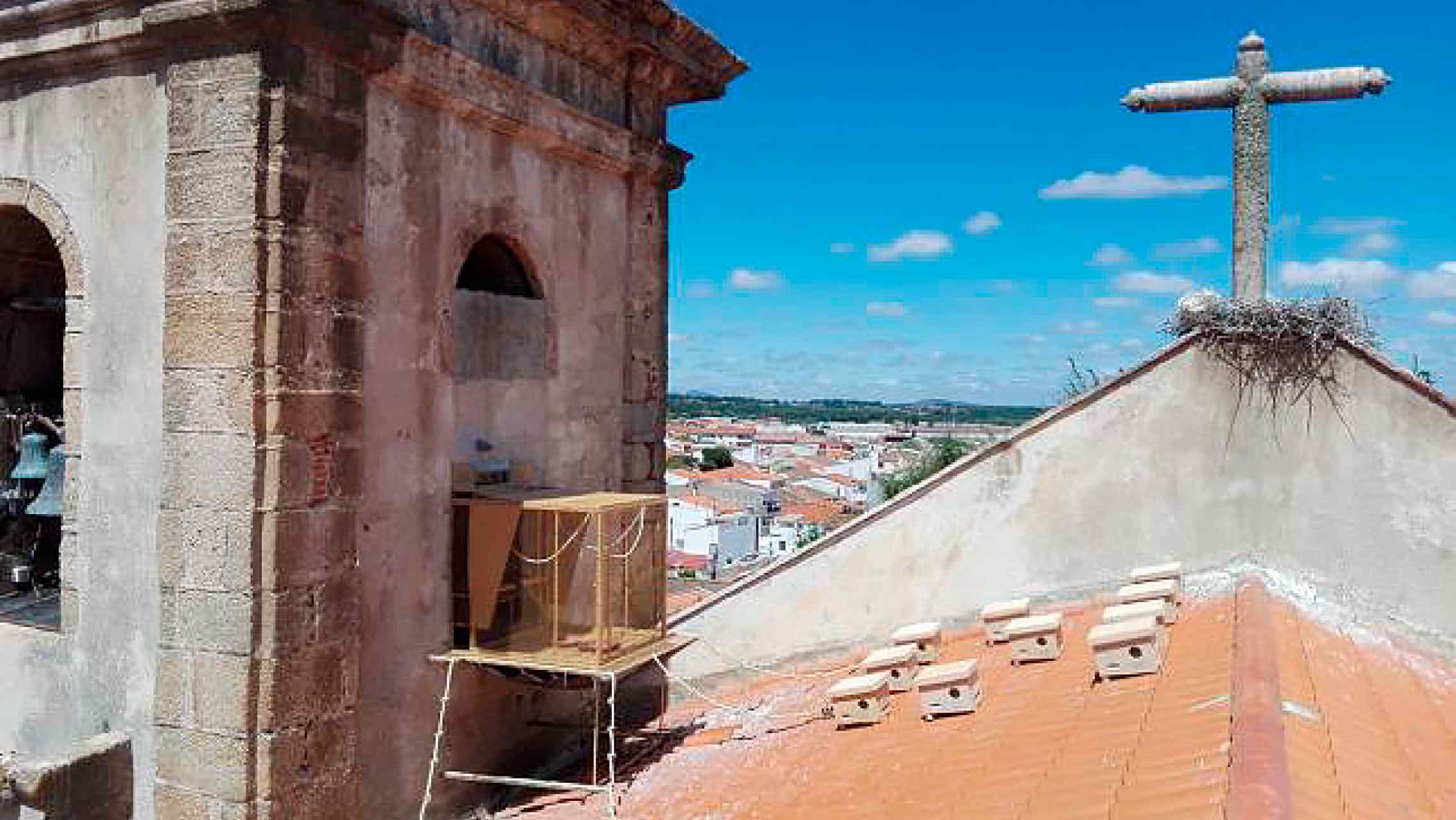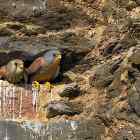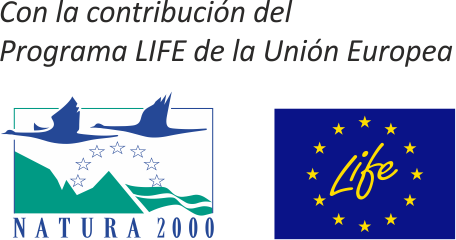Tuesday, May 28 is the day scheduled for the first of three releases of lesser kestrel chicks to be carried out this year under the LIFE ZEPAURBAN Project, a project developed in Extremadura and coordinated by the General Directorate of the Environment of the Government of Extremadura, with DEMA as a beneficiary partner.
This action --one that we are all responsible for undertaking-- is aimed, among other things, at the production of chicks in the Lesser Kestrel Breeding Center and their release into the natural environment for the recovery of an urban SPA that lost its native specimens decades ago.
The colony that has since disappeared was located in the building of the San Vicente Mártir Parish Church in San Vicente de Alcántara (Badajoz). A total of 50 chicks began to be released in 2018. This year and next the same number of chicks will also be released.
The chicks, when they are between 18 and 21 days old, will be removed from the nests at the DEMA Breeding Center. This will happen on the 28th between 9:30 and 10:00 a.m. Later they will be transferred to the release module installed at the San Vicente de Alcántara Parish Church (Photo 1), where they will be placed in a release box that “we make them believe is where they were born” (Photo 2). There, we recreate all the details of a wild colony by applying our own release method, known as the “Colony Environment” method. This method has the unique feature of faithfully reproducing the activity of a wild colony in order to encourage the return of lesser kestrels to this area – an area that they disappeared from.
This year, the initial results have already been achieved and several pairs formed by chicks that were released last year are growing up in the church building after several decades of the disappearance of the species there.
The lesser kestrel is a species that has undergone a dramatic regression in the last five years all around the Iberian Peninsula due to multiple factors related with their feeding habitats in breeding areas and their wintering areas in Africa. For this reason, this and other recovery projects are of paramount importance when it comes to maintaining hope to somehow stop this negative trend.








